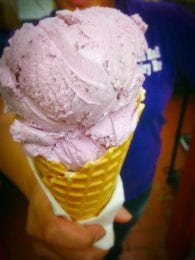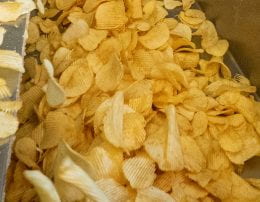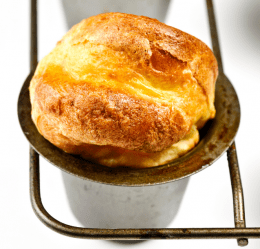
Your grocery shopping cart is full of science! And USDA Agricultural Research Service scientists are busy bringing new ideas with food that no one has ever thought of before.
“Science in Your Shopping Cart” is a program to help consumers learn about a wide range of advances in convenience foods, improving shelf life, better nutrition, new flavors and more. They have several ways to communicate their work. They include
Do you know of students interested in Food Science? The Kansas State University Food Science Institute is here to help them discover the possibilities.






